Some plants have developed extraordinary adaptations that allow them to thrive in the harshest environments on Earth, from scorching deserts and salty coasts to freezing tundras. These resilient plants have evolved to withstand extreme temperatures, minimal water, high salinity, and even long periods of darkness. Each one has its own unique way of surviving these conditions, turning challenges that would harm most species into their strength. In this article, we’ll explore these mysterious plants, uncovering the secrets behind their ability to flourish where most life cannot endure.
Baobab Tree
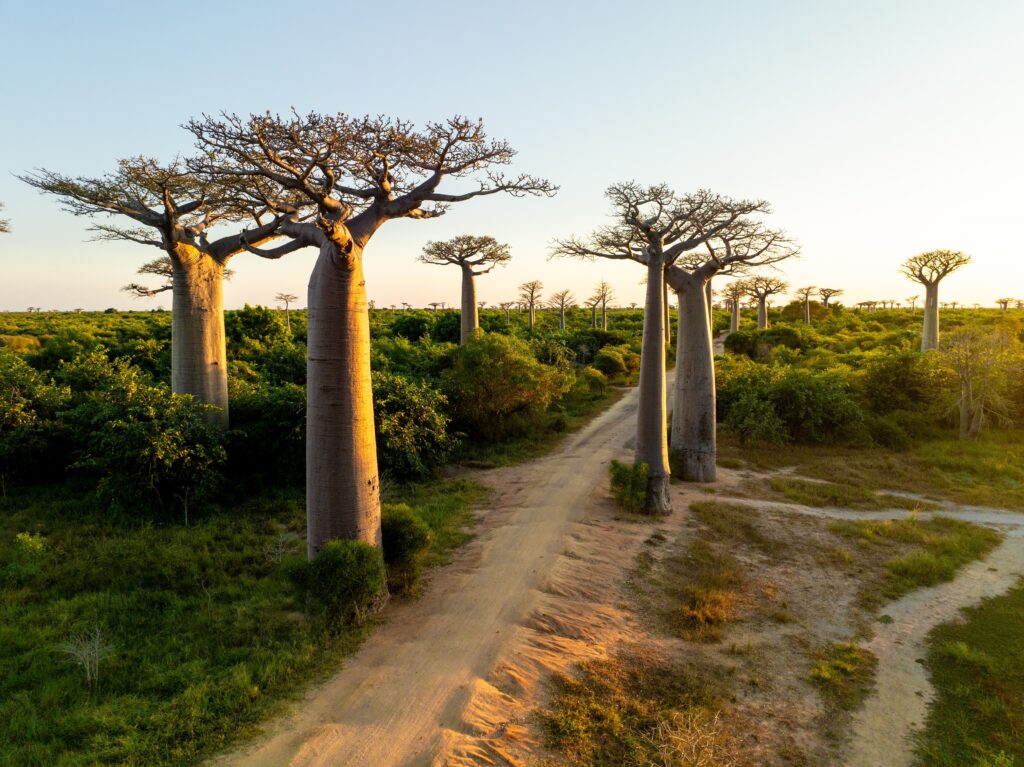
The Adansonia genus, commonly called the Baobab tree, is a master of survival in dry, harsh climates, especially in Madagascar and Africa. Known for its swollen trunk, it can store up to 100,000 liters of water within its spongy interior, allowing it to withstand extended droughts. Its unique water-storage ability is complemented by thick, fire-resistant bark, protecting it from wildfires common in dry environments. Its broad roots extend far underground, enabling it to capture sparse moisture and nutrients across a wide area. During dry seasons, it conserves water by shedding its leaves, drastically reducing evaporation. Often called the “Tree of Life,” it supports its ecosystem by providing food, shelter, and water to various species. They can live for over a thousand years, growing up to 30 meters tall. Its ability to thrive in poor, arid soil continues to fascinate scientists who study its drought-resistant adaptations. It is also revered culturally, featuring prominently in African folklore as a symbol of resilience and longevity. Additionally, its nutrient-rich fruit, containing high levels of vitamin C, is often used in traditional medicine.
Lithops (Living Stones)
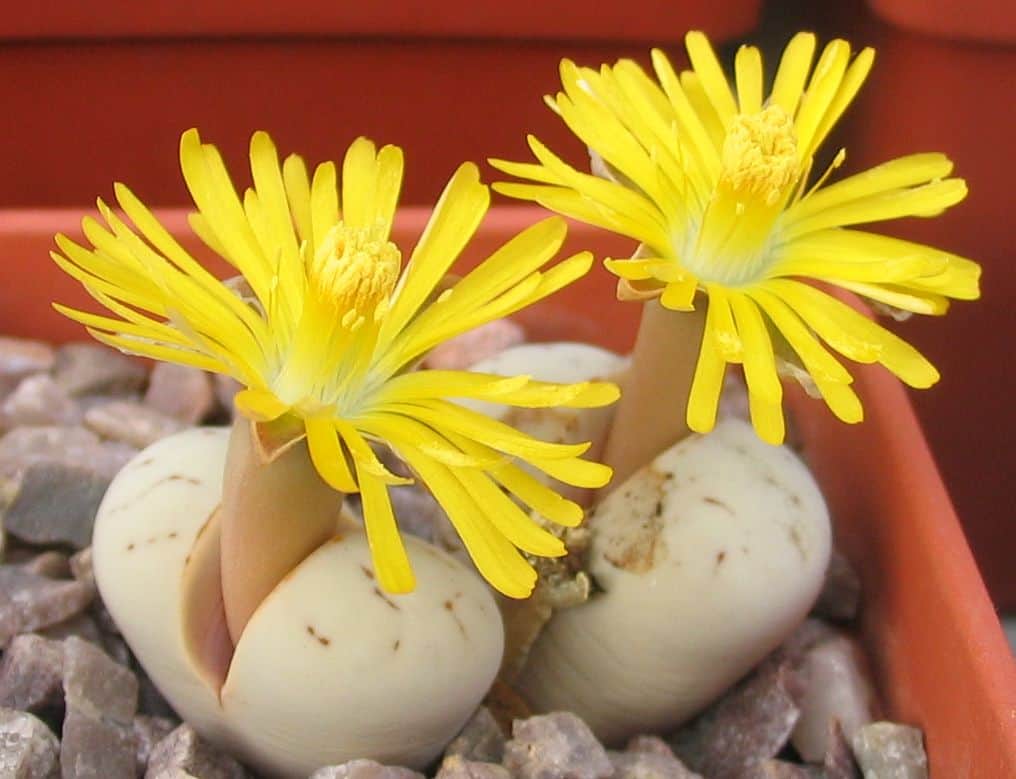
Lithops, or “Living Stones,” are small succulents native to Southern Africa that resemble stones, a camouflage tactic to protect themselves in barren, rocky deserts. They grow low to the ground, with only their top surface exposed, which reduces water loss and protects them from grazing animals. They have fleshy leaves that store water, enabling them to survive lengthy drought periods. Unlike many plants, they undergo photosynthesis through the top layer of their leaves, reducing their exposure to the desert’s intense heat. During seasonal rains, they absorb moisture to expand and prepare for another long dry period. They bloom with vibrant flowers between their two “stone” leaves, adding a burst of color to the otherwise dry landscape. Their adaptation to harsh desert environments showcases an impressive strategy for camouflage and survival. They are highly sought by plant collectors for their unique stone-like appearance. They can live for decades, making them a lasting feature in extreme desert environments.
Socotra Desert Rose

The Socotra Desert Rose, or Adenium obesum, thrives on the isolated island of Socotra, Yemen, where arid and rocky conditions challenge most vegetation. Its thick, swollen trunk acts as a reservoir, storing water for use during dry periods. Its leathery leaves minimize water loss through evaporation, which is critical for survival in its hot, low-rainfall habitat. Despite the harsh environment, it produces beautiful pink flowers that stand out against the rocky landscape, attracting rare pollinators in the area. It has a slow-growing nature, conserving energy to survive long droughts. They are well adapted to rocky, nutrient-poor soil, anchoring themselves with deep roots that stabilize them and help draw limited moisture. As a unique species found only in Socotra, it is highly valued for its resilience and striking appearance. Locals also appreciate this plant for its medicinal properties, using parts of it in traditional remedies.
Resurrection Plant
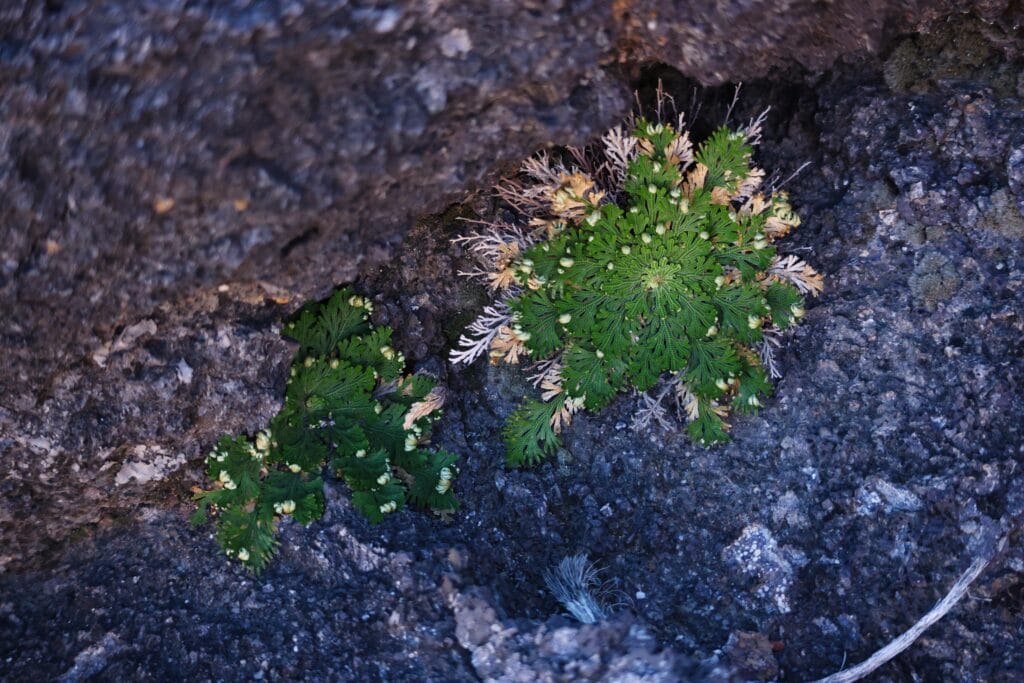
The Resurrection Plant, or Selaginella lepidophylla, is famed for its ability to survive extreme drought in the Chihuahuan Desert of North America. When dry conditions hit, it curls up tightly, appearing dead, only to unfurl and regain its green hue within hours of receiving moisture. This remarkable survival tactic, called poikilohydry, allows the plant to enter a dormant state, conserving water and protecting itself from harsh desert conditions. Its small, scale-like leaves are designed to prevent water loss while minimizing exposure to extreme sunlight. During the dry phase, the plant’s metabolic processes nearly halt, resuming only when conditions improve. This adaptation enables it to survive extended droughts and thrive in unpredictable desert climates. Known for this “resurrection” ability, it is often referred to as a symbol of resilience. It is also popular in homes, as its unique transformation is fascinating to watch. Its adaptation is studied for potential applications in drought-resistant crops.
Tumbleweed
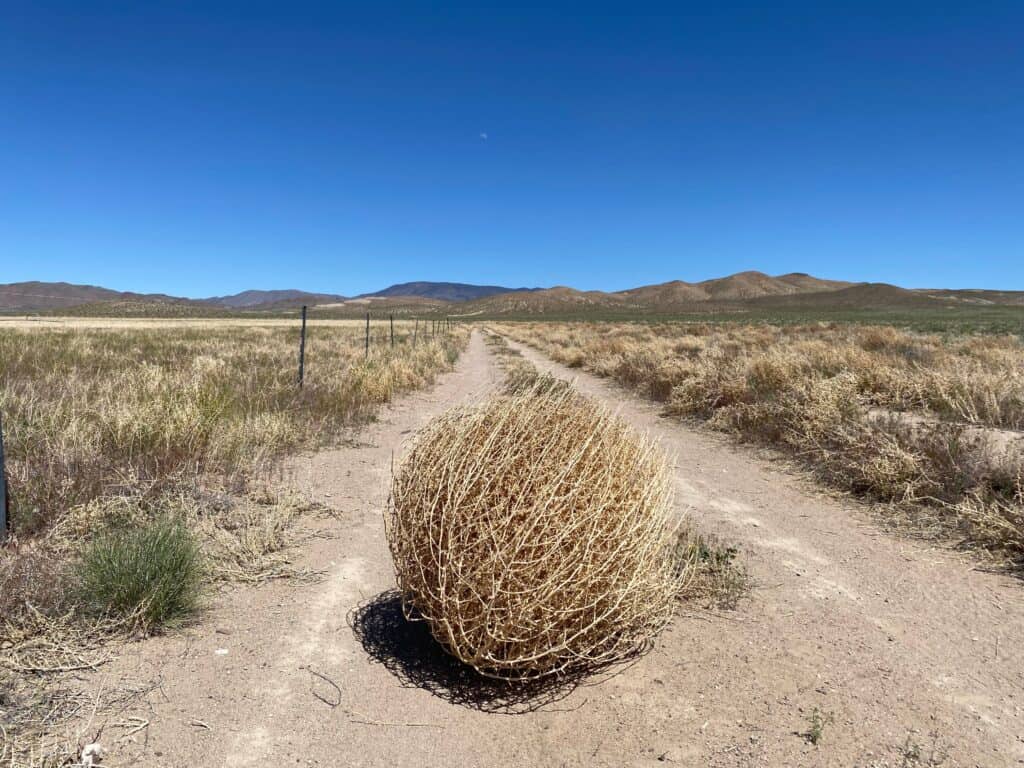
The tumbleweed, particularly the Salsola species, is a well-known plant of the arid deserts in North America. As it matures, the plant detaches from its roots, becoming a rolling vessel that spreads seeds across vast, open landscapes. This mechanism allows tumbleweeds to reproduce in dry, nutrient-poor environments where water and soil stability are limited. Its deep root system anchors it during growth, allowing it to access scarce underground water. When the soil dries up, they release seeds that lay dormant until moisture becomes available, ensuring future growth cycles. This dispersal method allows the species to dominate dry landscapes, efficiently utilizing the environment to survive. Its drought-resistant characteristics make it an emblem of desert resilience. They are also a critical source of food for some desert-dwelling animals. Though invasive in some regions, their unique lifecycle supports desert ecosystems.
Giant Sequoia
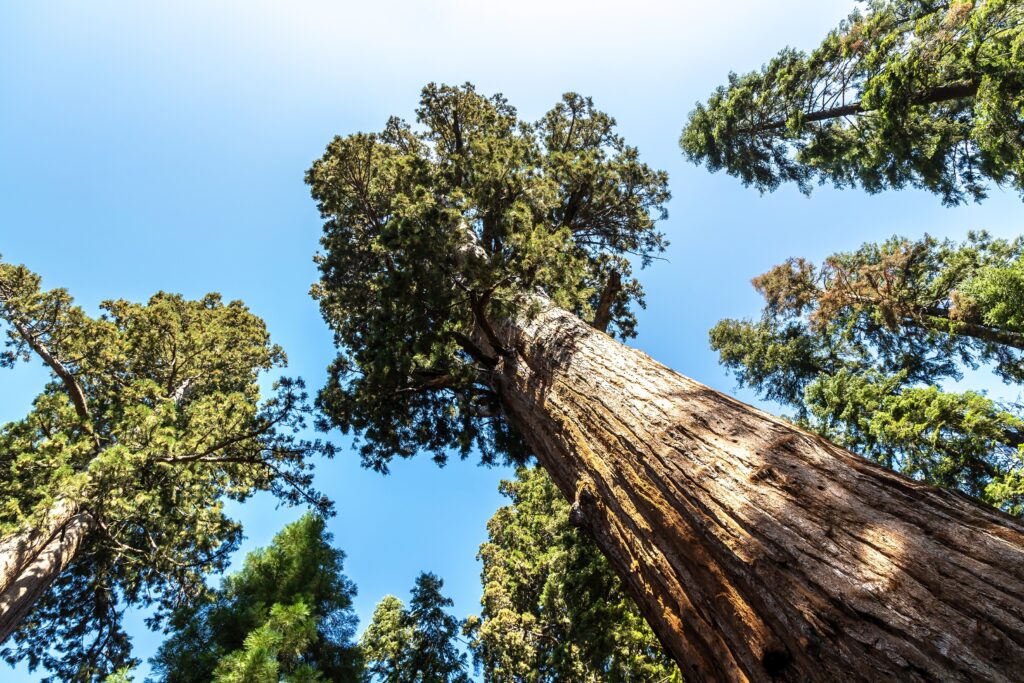
The Giant Sequoia, Sequoiadendron giganteum, grows exclusively in the Sierra Nevada Mountains, enduring cold winters and dry, hot summers. These colossal trees possess thick bark that resists fire, protecting them from wildfires that regularly sweep through their habitat. Their deep roots enable them to access water during droughts, ensuring their survival over millennia. They shed and renew their bark to guard against pests and fungi, maintaining their impressive longevity. Their vast height and broad canopy allow them to capture ample sunlight, which sustains their massive size. Due to their unique adaptations, they can live for thousands of years, with some specimens reaching over 3,000 years in age. Their impressive size and longevity make them iconic symbols of natural endurance. They also play a crucial role in their ecosystem, providing habitats for various species.
Creosote Bush
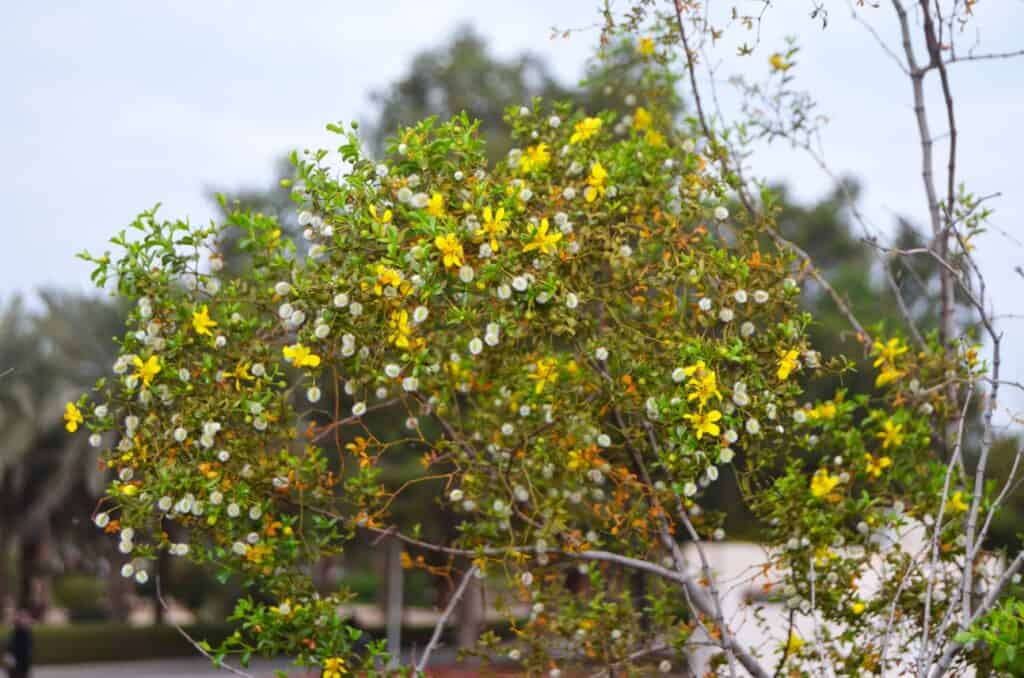
Native to the Mojave Desert, the Creosote Bush, or Larrea tridentata, is a master of water conservation in one of the hottest places on Earth. The plant’s small, waxy leaves prevent water loss, while its extensive root system draws moisture from large areas. In droughts, it slows down its metabolic processes to conserve energy and water. It is capable of clonal growth, forming colonies of genetically identical plants that can survive for thousands of years. Its oily, resinous leaves release a distinct scent, helping it deter herbivores in its arid environment. This resilience allows the bush to thrive in temperatures that exceed 120°F. Its clonal rings, some of the oldest living things on Earth, attest to its survival skills in harsh desert conditions. Its resilience is studied for insights into drought tolerance. It also contributes to desert soil health by stabilizing it against erosion.
Welwitschia Mirabilis
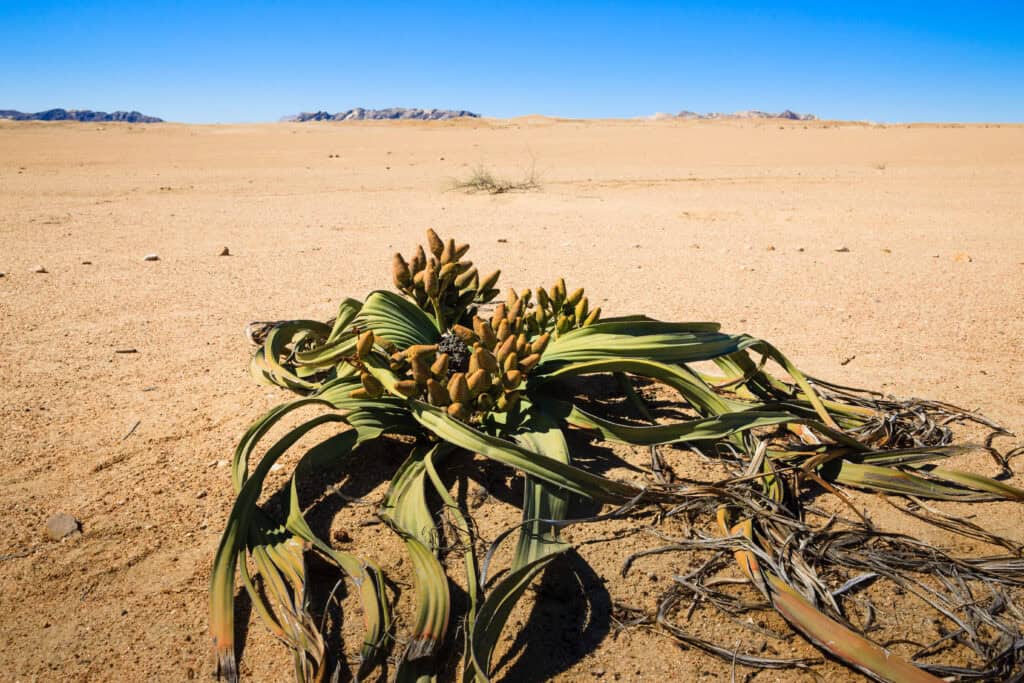
The Welwitschia (Welwitschia mirabilis) is a peculiar plant native to the Namib Desert, one of the driest regions on Earth. This ancient species, often referred to as a “living fossil,” can live for up to 1,500 years despite enduring extremely low rainfall and high temperatures. Unlike most plants, it has only two leaves, which grow continuously throughout its life, becoming ragged and long. These leaves absorb water from the humid desert air through special pores, a process essential to its survival in such an arid climate. Its deep taproot also helps it access scarce underground water. Its thick, durable leaves are adapted to minimize water loss, enabling it to endure severe droughts. Its resilience to extreme heat and lack of water makes it a unique survivor in one of the harshest environments on the planet. Despite its rugged environment, it is an integral part of desert ecosystems, providing shelter for small animals. Its unique adaptations are also a point of study for understanding drought resistance.
Yareta
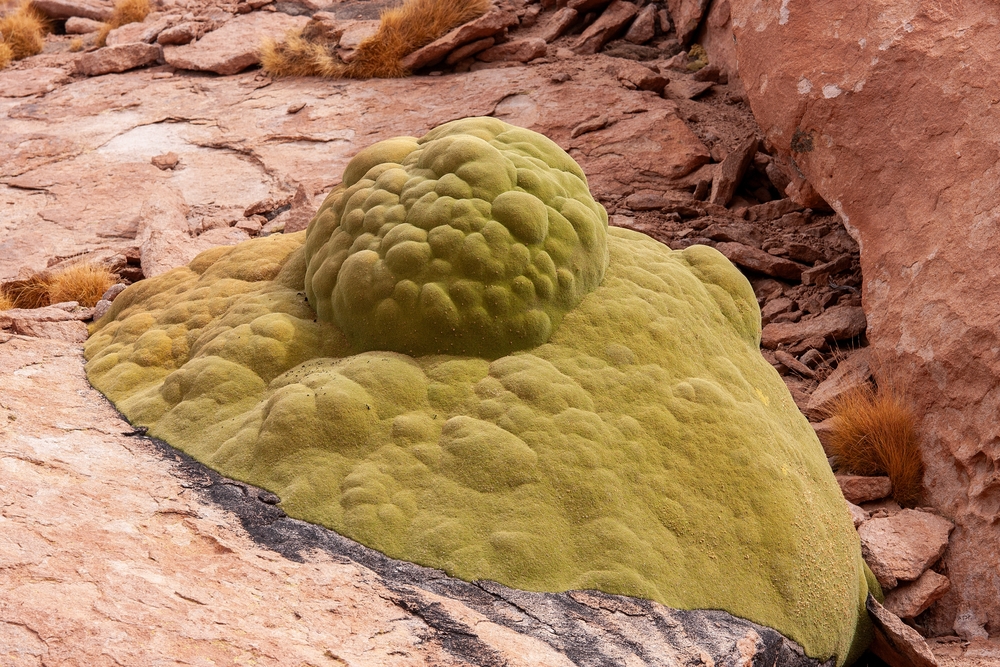
The Yareta (Azorella compacta) is a dense, moss-like plant found in the high-altitude regions of the Andes Mountains. It grows in clumps and has an incredibly slow growth rate, adding only about one millimeter per year. It thrives in cold, harsh environments at altitudes of over 4,000 meters, where temperatures can drop below freezing. Its dense, compact structure helps conserve heat, protecting it from freezing temperatures and harsh winds. Its thick, waxy leaves reduce water loss, allowing it to survive in areas with minimal rainfall. Its resilience is evident in its long lifespan, with some believed to be over 3,000 years old. Its adaptation to high-altitude, low-oxygen environments is a remarkable example of plant resilience. It also plays an important role in high-altitude ecosystems, helping to prevent soil erosion. However, due to its slow growth, it is vulnerable to overharvesting.
Glasswort
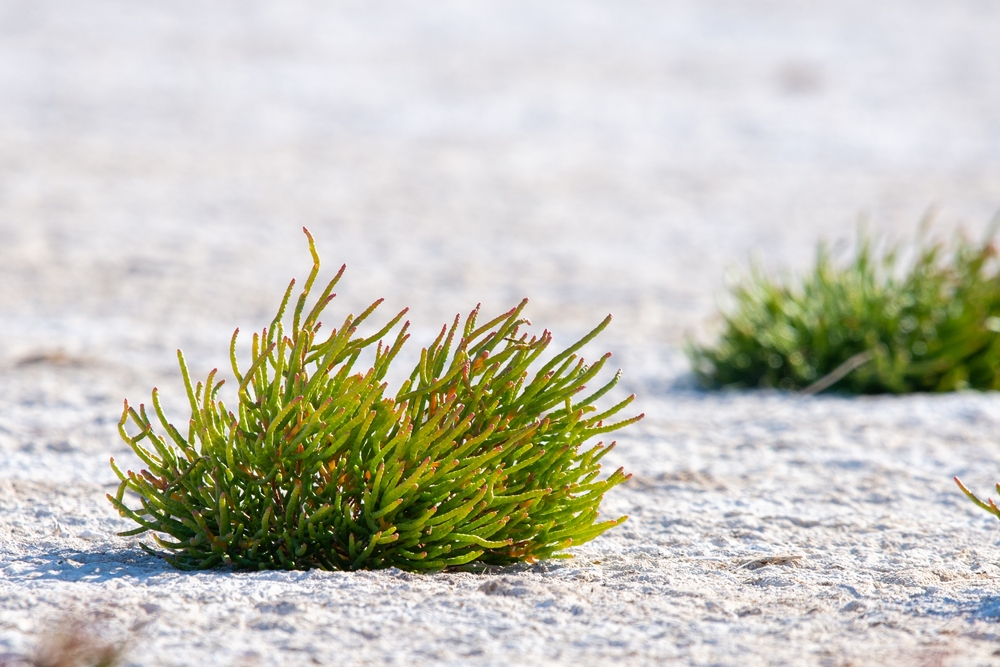
Glasswort (Salicornia europaea), also known as pickleweed, is a salt-tolerant plant that thrives in coastal salt marshes and saline deserts. This succulent is highly adapted to saline environments where few other plants can survive. Its leaves are modified into fleshy, water-storing stems that help it cope with salty soil, reducing water loss. It uses specialized cells to remove salt from its system, a unique adaptation to handle saline conditions. It is a pioneer species, often the first to colonize salty, disturbed soils, which it stabilizes to create more hospitable conditions for other plants. It can survive both flooding and drought, making it one of the hardiest plants in coastal ecosystems. Its ability to thrive in extreme salinity is increasingly of interest for sustainable agriculture in salt-affected areas. It also has culinary uses, being prized as a salty vegetable in some cuisines. Additionally, it plays a role in preserving coastal ecosystems by preventing erosion.
Arctic Moss
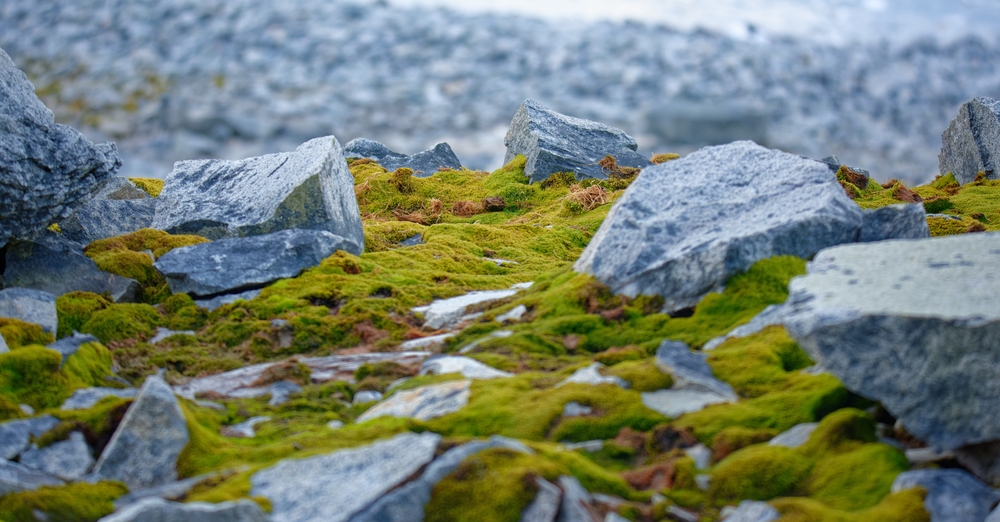
Arctic Moss (Calliergon giganteum) is one of the few plants adapted to the frigid conditions of the Arctic tundra. Growing in shallow ponds and bogs, it remains partially submerged, insulated by water from the extreme cold. Its growth is extremely slow, as it can take decades to mature, but it can live for many years by minimizing energy expenditure in low-light and low-nutrient conditions. It uses photosynthesis during the short summer months and stores nutrients in its thick, sponge-like tissues, allowing it to survive harsh winters when the ground is frozen solid. Its small, dense leaves help reduce moisture loss, essential for survival in this dry and windy climate. It also adapts to low light, using any available sunlight efficiently. It contributes to its ecosystem by providing habitat and food for aquatic organisms.
Saguaro Cactus

The Saguaro Cactus (Carnegiea gigantea) is a giant among desert plants, known for its ability to withstand the extreme heat and arid conditions of the Sonoran Desert. It has a shallow but extensive root system that spreads horizontally to capture as much rainwater as possible during infrequent storms. Its thick, ribbed exterior expands to store large amounts of water, which it conserves over extended dry spells. Its waxy skin reduces water loss by minimizing evaporation, while its spines provide shade and reduce the effects of the sun’s intense heat. It can survive years of drought, growing slowly but steadily over its long lifespan, with some reaching over 150 years old. Its flowers bloom at night, taking advantage of cooler temperatures to conserve water. It is crucial for desert wildlife, offering shelter and food to birds, insects, and other animals.
This article originally appeared on Rarest.org.
More from Rarest.org
12 Rare Mammals That Live in the World’s Tallest Mountains
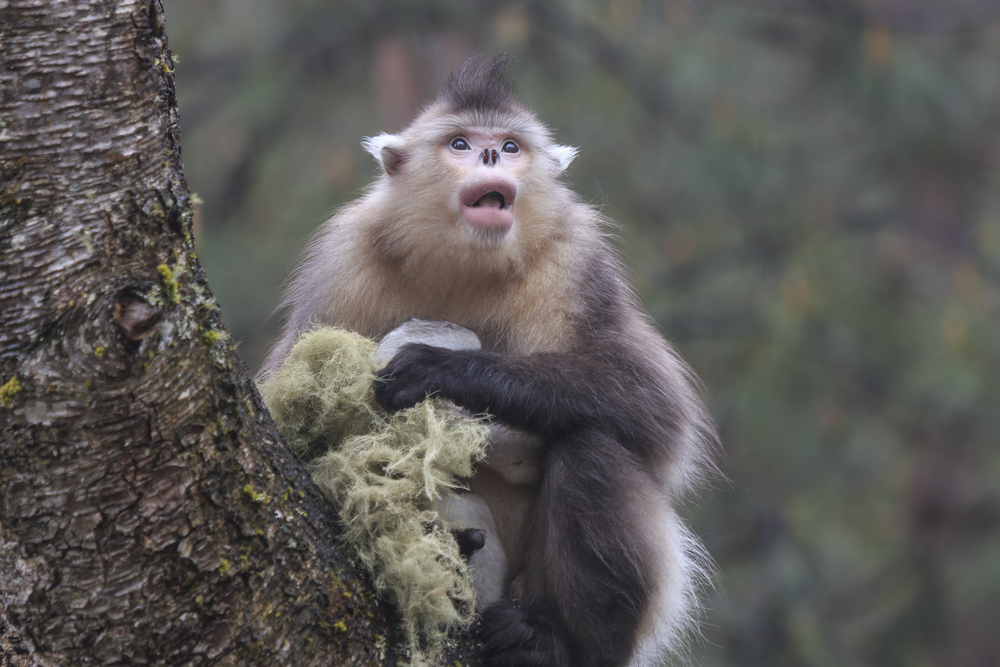
High-altitude regions around the world are home to some of the most unique and uncommon mammals on the planet. They have adapted to survive in the harsh, cold, and rugged environments of the world’s tallest mountains. Read More.
21 Magnificent Mammals with Unique Fur Patterns
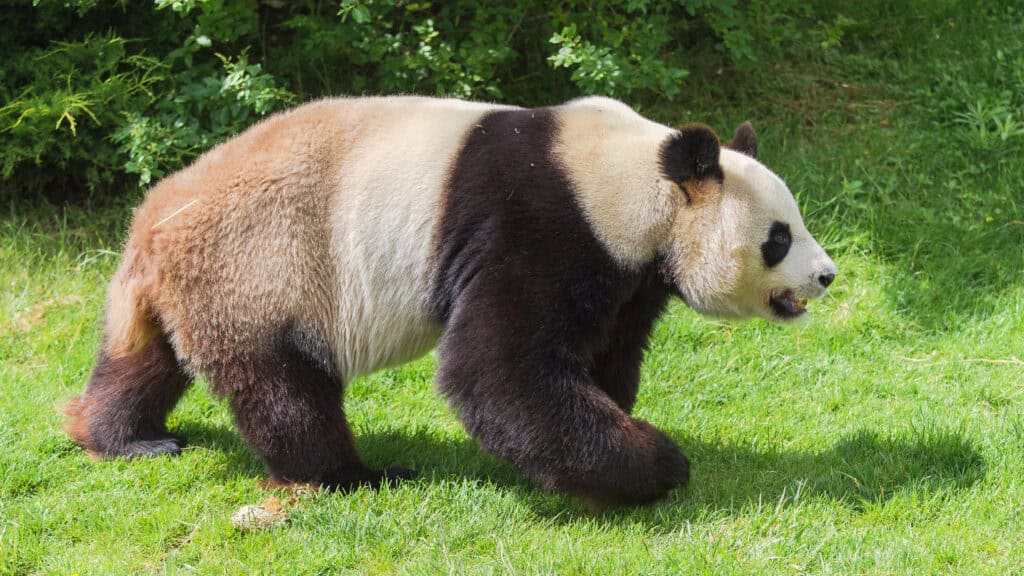
Nature’s creativity shines through the stunning fur patterns of certain mammals, making them stand out in their habitats. From stripes to spots, these unique designs help with camouflage, identity, and even temperature regulation. Read More.
14 Unique Trees with Vibrant Foliage Throughout the Year
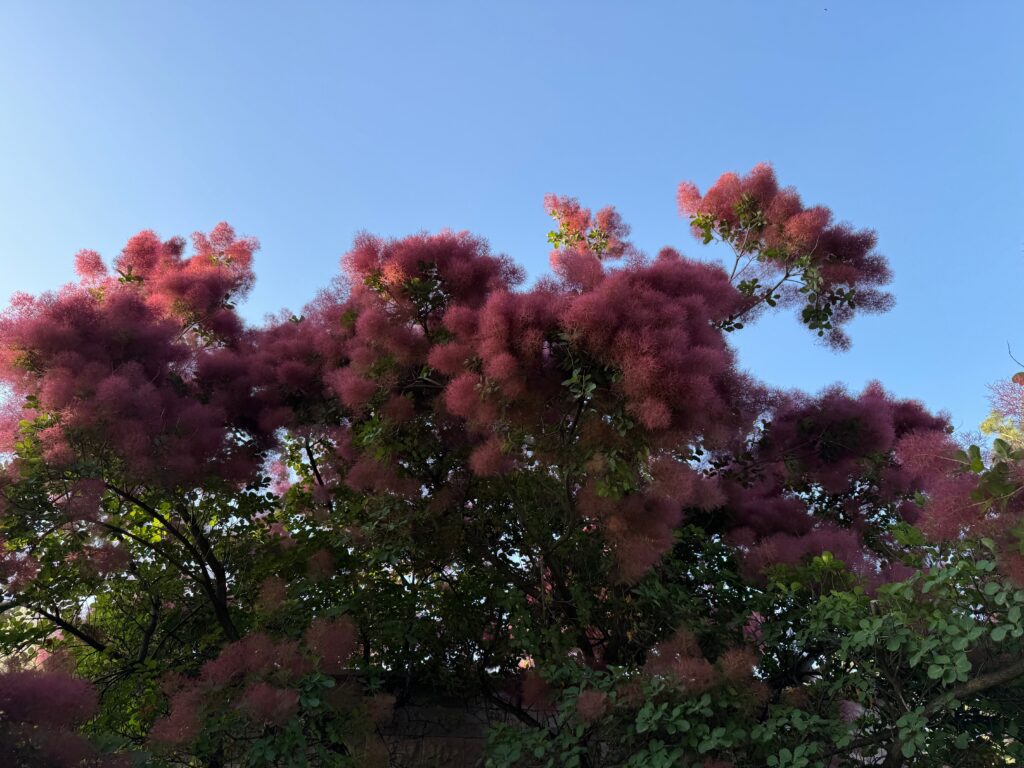
Trees with vibrant foliage can completely transform a landscape, bringing color and life to every season. Some species stand out for their stunning hues, with colors that shift as the year progresses. Read More.
